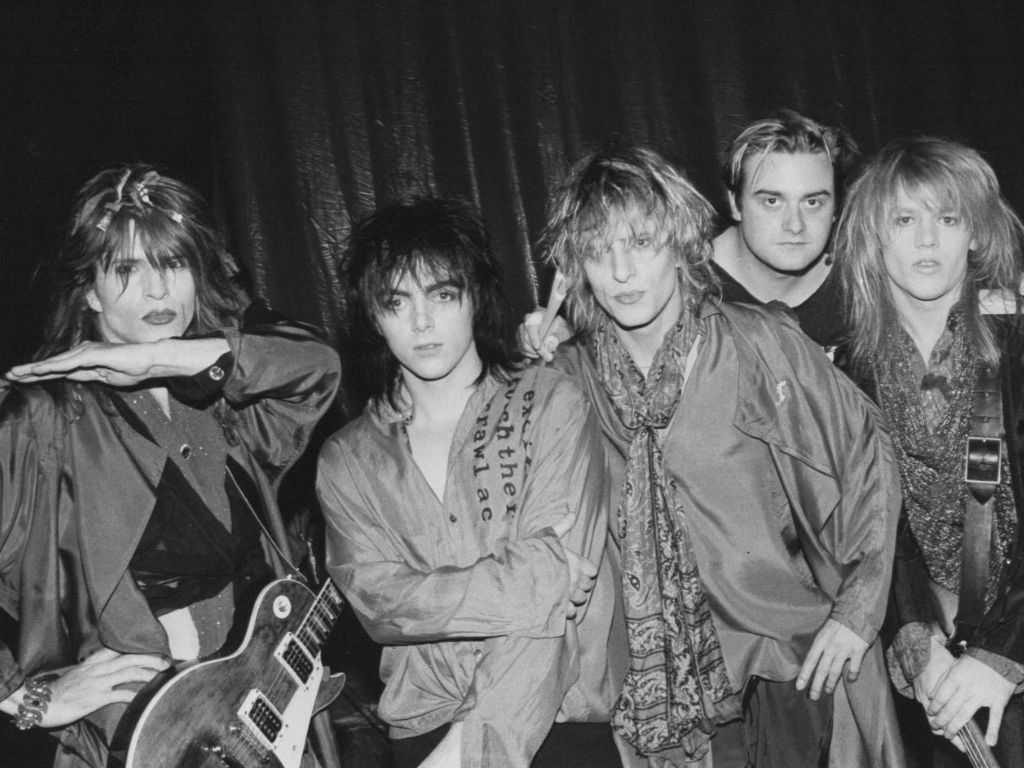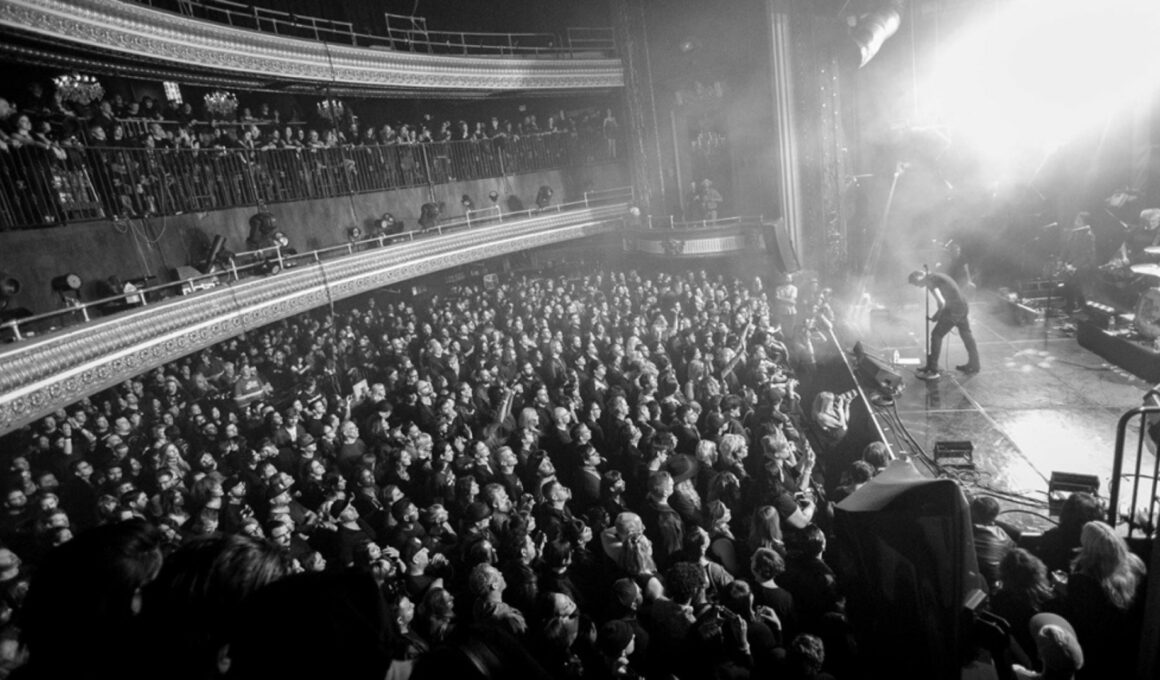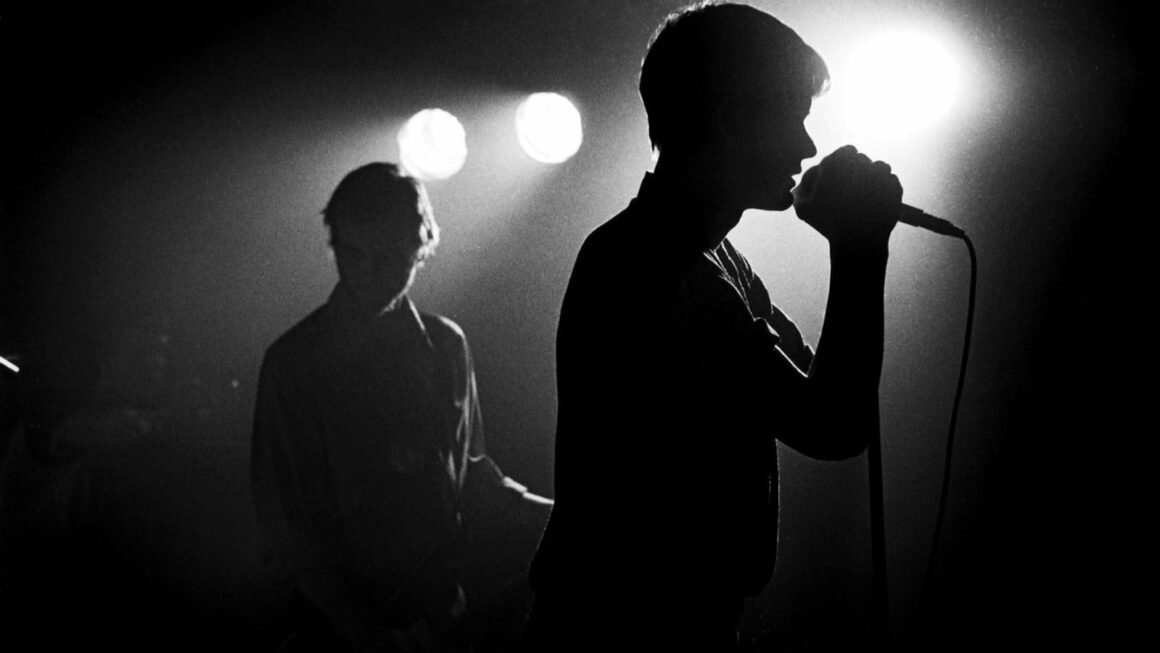
Song Stories: Gene Loves Jezebel’s “Desire”
About a surprisingly heartfelt club classic that forecasted creative tensions.
Gene Loves Jezebel was formed by Porthcawl-born twins Jay and Michael Aston – not one of the epicentres of the goth movement at all. Nevertheless, and perhaps because of this, the band developed an interestingly fluid image within the subculture. Notably, their 1986 hit song “Desire” marked a substantial turning point in their output in terms of radio-friendliness and a shift from goth to new wave and dance culture.
There’s no denying that Gene Loves Jezebel excelled at these high-energy songs, and around the time they released “Desire”, they had moved away from the gothic underground they initially came from. However, the song’s lyrics suggest something deeper than just a feel-good dance track. Unlike many eighties songs that use a level of ambiguity in keeping with the mystique of goth as a whole, with “Desire”, Jay and Michael managed to straddle the line between those roots and something more akin to glam rock. This was particularly visible in their live performances such as on BBC’s Top of the Pops. The resultant track is memorable to this day – but could this precarious balance of underground and mainstream have catalysed the band’s split?
Choosing their own path amongst the loosening of cultural norms
“Desire” is, on first listen, a very danceable track with pulsing synths standing as the main focus. However, it’s also very listenable on an emotional level. Music became both more overtly sexual in the 80s, as well as seeing a greater embrace of darkness at an underground level. Still, the Aston twins subvert both these tropes with a narrator who is upfront about his feelings in the face of a partner who is coy or playing hard to get – yet one who simultaneously isn’t that explicit. This is in contrast with both the era’s mainstream excess and the emotional secrecy a characteristic of the goth underground, which often romanticised relationships that were built on charisma, emotion, and a sense of danger.
With “Desire”, Gene Loves Jezebel took a creative risk. Instead of conforming to the pressure of rebellion or mystique, this change represented a band seeking the simple freedom to just do their own thing. In the process, they ended up with a concept flexible enough to just about maintain underground credentials as well as build a solid following for years to come. Nonetheless, creative clashes would loom on the horizon.
Finding a niche in the midst of multiple genres
In some ways, “Desire’s” flexibility itself spelled rebellion. Managing to straddle the middle ground between genres meant breaking outside the artistic box – a brave move, especially for a time period that thrived on the concept of subculture. As a result, in the modern era, their work has stood the test of time as opposed to becoming dated. With big crunchy guitars but also the kind of synth work the era has become known for, they essentially bring life and accessibility to the genre even for a modern audience. Indeed, the true test of whether a song is successful could be considered whether it still feels relevant. Gene Loves Jezebel have managed to do this, and “Desire’s” long-lasting popularity saw it become the subject of numerous musical remixes including a 12” dance mix.
So, is it a club classic, a glam or pop rock song, or something entirely new? With the ability to slide fluidly between one genre and another, the lyrics don’t provide many further clues. At first, the message seems straightforward. If you want a relationship, come and get it. Despite some sexual overtones and the band’s raw energy onstage, it’s ultimately a back and forth between the two partners which can be imagined as any relationship the listener would like. It’s a classic theme – a universal game of give and take in an era that prioritised darkness, gloom, and relational turbulence. And the twins never set out to be goth poster children. Whilst their original influences and idols did fit firmly into that category, much of their difference was a by-product of shyness and the knowledge that they might not have been able to live up to the names they looked up to, as opposed to any conscious choice to rebel.
Band differences and break up
In this context, “Desire” marked a turning point in the band’s output. The twins’ willingness to include pop-style backing vocals and costumes which were closer to Aerosmith than The Cure, definitely took them further away from the underground scene. There, they had been inspired by the likes of Siouxsie Sioux – but with “Desire”, they catapulted to MTV-friendly hitmaking. Ultimately, this caused a rift between the two which could very well have catalysed further creative differences – ones which would end in a lawsuit by Michael against the other three band members.
In this light, “Desire’s” success was a sort of sacrifice. The modern fans the band may have gained came at the expense of what was seen by some at the time as underground integrity. They did manage to keep momentum, notably with the consecutive tracks “The Motion of Love”, “Jealous” and “Break the Chain”. However, these still saw them move progressively away from the influences of their goth-drenched first album, Promise. As a result, “Desire” stands as the band’s Icarus moment – a time when they flew too close to the sun and suffered the consequences of it.
One of the ways Gene Loves Jezebel managed to be relevant both to their contemporaries and two modern-day fans is the fact that they lived in an era that saw the advent of DJ culture alongside the gothic underground, clubbing in general, and the last days of the heyday of hard rock and glam rock. Therefore, by finding their own niche amongst all of these genres, they may not have had the biggest amount of success or become household names in the way The Cure or Sonic Youth have. Yet they have managed to keep a very consistent and fulfilling career in terms of modern-day listenability and continued creative output.
Despite the current state of them having two incarnations, the memory of halcyon days lingers on, and this foundation is remarkably positive for any artist who sat in a place of such creative risk. The fact such a memorable song could be written with the shadows of disagreements already brewing is a testament to how well things did work when everyone saw eye to eye. Somehow as a result, “Desire” becomes all the more poignant.
Featured Image by James Stevenson









